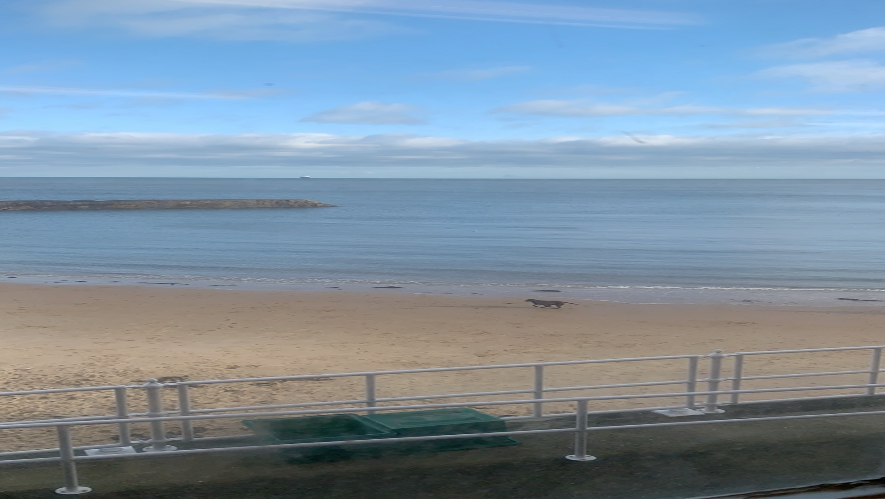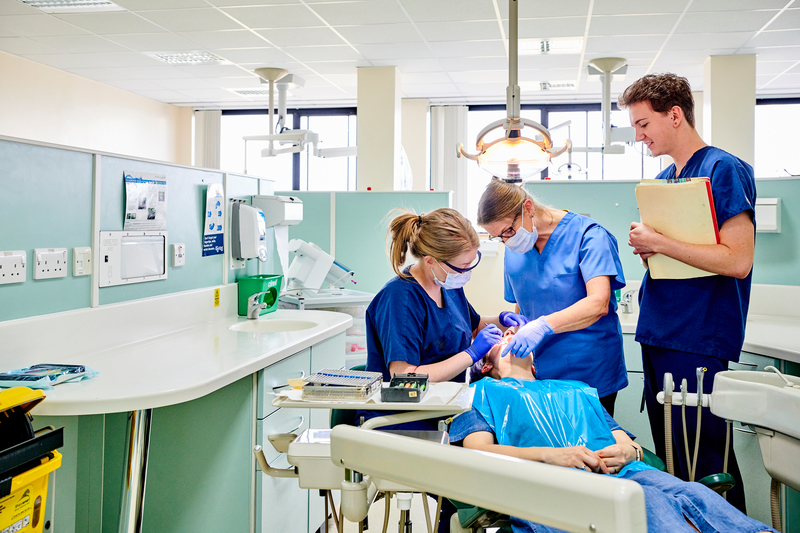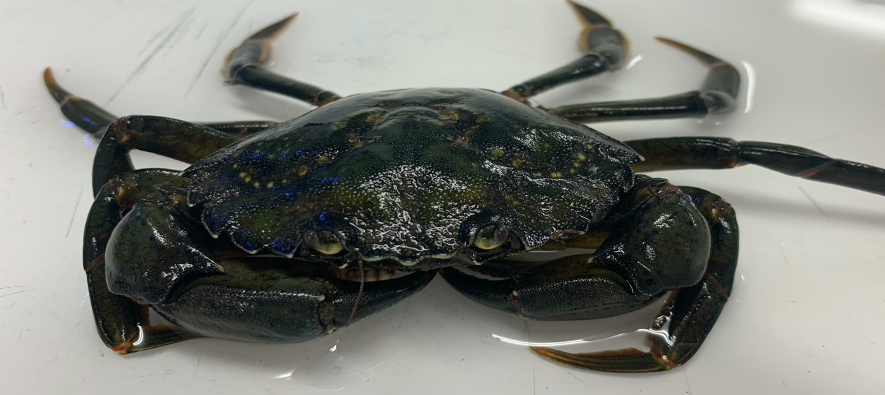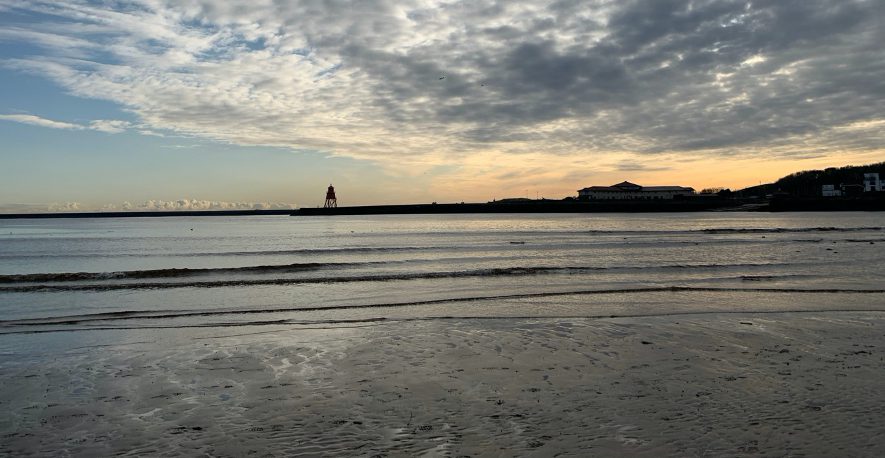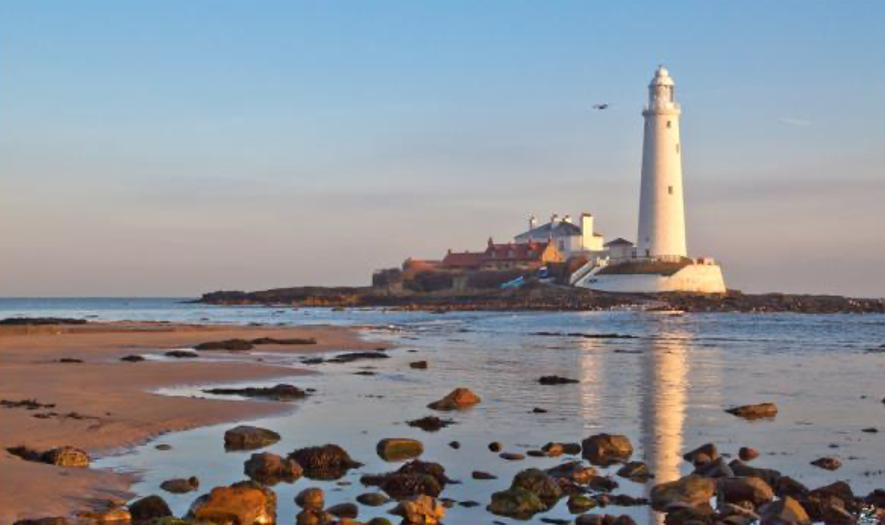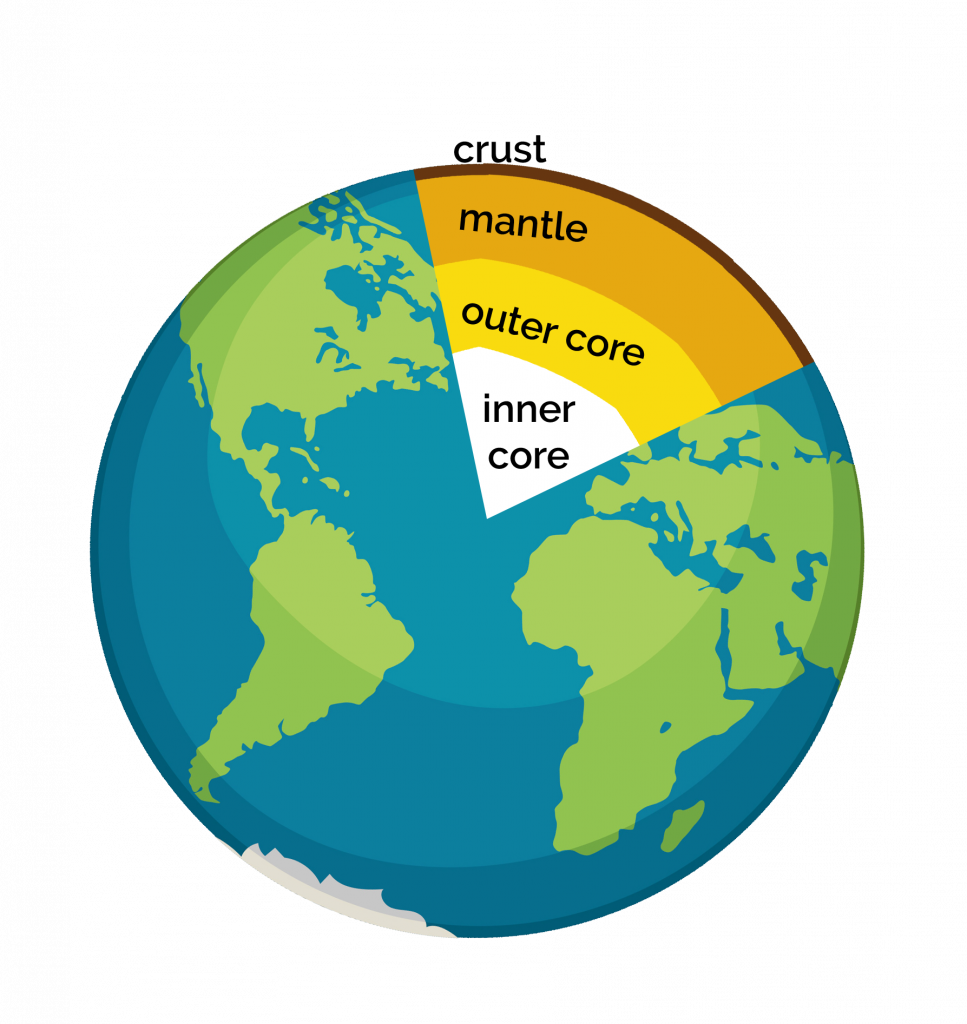When visiting schools and museums our Street Scientists often get asked a variety of questions from curious children. Here are the answers to some of our favourite questions!
This week, we’re answering the more general questions from children curious what life is like for a scientist.

What made you want to become a scientist?
-asked by Dylan, 10, from Simonside Primary School
Interesting question. I wanted to become a scientist because I find that science is a great way to find out more about the world and how it works. It gives me a whole different way of looking at and understanding the world.
For example, look at your hand and wiggle your fingers, that is all happening due to nerve impulses, which are a form of electricity that travel from the brain along nerves to your fingers instructing them to move.
Or even the reason we see colour such as green is because a green object will absorb all light but green light, and this reflects back making the object look green!
And that’s just the tiniest part of it. There is so much to discover and it’s all so intricate and fits together in such a clever way.
So, a bit of a lengthy answer but in short there is far too much interesting stuff out there for me not to become a scientist and try and find out as much as I can. The best thing is, I will never be able to find out everything, there will always be something for someone else to discover, someone like you, if you wanted!
– James, Biology & Psychology Student

Does your experiments work all the time?
-asked by Farah, 8, from West Jesmond Primary School
Unfortunately they don’t always work out, but that’s what makes science so exciting since we can still learn things from the times things didn’t work out like we planned. Loads of scientific discoveries and new inventions have been made by accident including X-rays, corn flakes and Velcro.
– JC, Medical Student

Why do we need to do science?
-asked by Harith, 7.5, from West Jesmond Primary School
That’s a great question. Science is really important because it helps us answer so many questions like ‘why is the sky blue’ but it also can be used to design and make cars, computers and other great things that people use every day.
It can also help us save and improve lives by creating medicines and new treatments for diseases; figuring out the best way to grow enough food for millions of people; and generating electricity to power homes.
Science is even used in places you might not expect like in producing the colour dyes for your clothes and in your favourite sweets!
-JC, Medical Student & Clare, STEM Outreach Officer

What is your favourite thing about science?
-asked by Jonathon, 11, from Burnside Primary School
I love how science lets me understand all the amazing mysteries in the world, from gravity which stops us from flying into space to electricity which powers my home!
I’m particularly interested in the science of biology and the human body, I find all the different ways the body adapts to change to keep us healthy very clever. Everything in the body is in balance, the lungs breath in more oxygen to supply our muscles when we exercise, and the kidneys hold in salt and water when we are dehydrated. Wanting to learn more, I decided train to be a doctor to learn how to fix the body when things go wrong.
I am amazed by the inventions and discoveries by scientists that help us treat diseases more efficiently. X-rays and CT scanners allow us to see inside the body from the outside while antibiotics and vaccinations treat and prevent infections that would otherwise be fatal.
My overall favourite thing about science is that as it is so broad, there is something to interest everyone! A scientist can be anyone from a zoologist to a nuclear physics to students doing experiments in school! Science is always changing as scientists and researchers making new discoveries that challenge the way we see the world, and engineers and computer scientists come up with inventions that change our day to day life.
-Ailie, Medical Student & Evolution and Human Behaviour Masters Student
